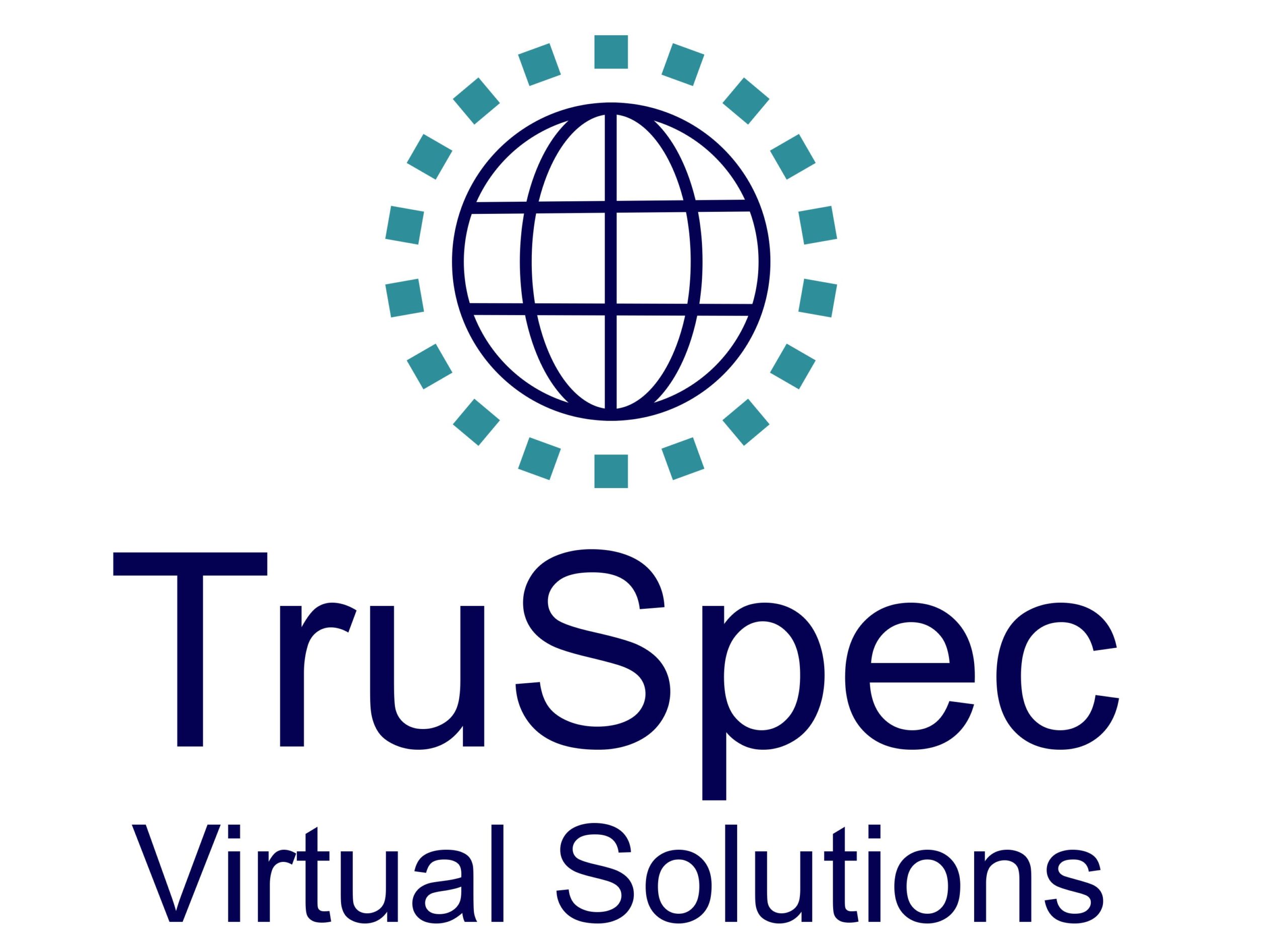
It is often challenging to maintain good health and focus when there is a long list of “to-dos” to tackle. It is especially hectic now that more people are engaging in remote work. Here are our top 5 tips for being productive and organized while working from home.
Make an Agenda at least the night before
Whether you go “old school” by jotting notations in your notebook, company journal or use a Saas tool such as ClickUp, Hubspot or Dubsado, making note of your tasks helps you to stay on track throughout the day. Don’t go overboard though, remote work can easily become overwhelming, so ensure your Agenda is used for priority tasks only that are directly linked to your weekly goals.
Set “triggers”/reminders on your phone, utilize google extensions, and enable notifications to keep you on schedule. Pencil in or input important errands, breaks where you can exercise, stretch, check-in on your family or have a no-rush lunch.
Never start the day without breakfast
The only excuse for breaking this cardinal rule is if you are pursuing intermittent fasting. Avoid skipping breakfast. Gas is not your friend. Develop the mindset of food prepping during your weekends. Food prep is a life saver while you work remote. For example, overnight oats, a protein smoothie, boiled eggs, or a loaded salad with avocado, nuts, and fruit are excellent options. If you are constantly booked for early morning calls, a little food prep saves time and increases your odds of having something nutritious and satiating, so you aren’t getting the munchies too early. Everyone wants to be productive, but you only have one body, so “fuel up” before you starting tackling meetings or work.
Work remote in a comfortable space
It doesn’t do you any good to work in a cluttered space that doesn’t have sufficient lighting. Keep your workspace as tidy as you can, using only the documentation you need to complete all your weekly tasks. Invest in an appropriate office chair (adjusted to a proper height where your elbows are at a 90-degree angle) that provides enough back and neck support.
If you work in IT, sales, or customer service, you’ll notice that you might arch our back and lean forward when you are seated for long periods. Invest in a “sit/stand” desk so you can alternate between sitting and standing and improve blood circulation.
Avoid scheduling “back to back” meetings
Everyone wants to get in as many leads as possible, but at what cost? Your health? Give yourself some space to leave your desk, grab a glass of water, or stretch your legs. In order to maintain concentration and good mental health, you have to manage your time wisely, and that means either saying no to some meetings or giving yourself at least a 30-min break to recover from your previous meeting. Sitting at your desk or in a couch is not healthy practice. A good baseline is 15 to 20 mins between each meeting.
Additionally, that gap could be your saving grace if you forgot some pertinent information for a conference call with your clients or to insert some data into a presentation. If you don’t need to limit yourself to such tight deadlines, don’t do it. If you feel anxious, leave your desk, head for your patio or backyard, get some fresh air, breathe deeply and slowly, and look at the sky. Remote work should not feel like a prison sentence. It should also be a comfortable experience.
Strategically collaborate with your remote team
Now that more people are working from home, people must be able to (i) stay connected and collaborate to complete projects as smooth as possible; (ii) receive, and provide feedback that will highlight areas of improvement, and (iii) strengthen team cohesion, and improve workflow. Utilize the team applications that are integrated into Slack, Microsoft Teams, and/or Hubspot to communicate effectively with members of your distributed team.
Quick note: As much as you are tempted to avoid video conferencing, find a way to encourage your colleagues to “see” each other. Schedule brief periods where you check-in with them to see how they are doing. Create a safe space for your team to thoughtfully discuss concerns to maintain positive rapport. A team is stronger when they feel comfortable sharing both their professional and personal life. Remote work does not have to be daunting. With a little planning and organization, you’ll be on top of things and less stressed in no time.
